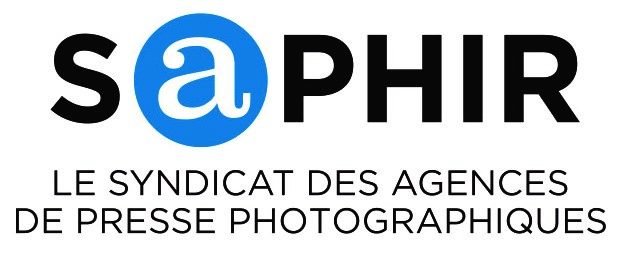STATEMENT ON CJEU RULING IN CASE C-392/19
Brussels, 10 March 2021
EVA welcomes the ruling of the Court of Justice of the European Union (CJEU) on case C-392/19 as it clarifies when framing practices on the internet (also known as “embedding”) amount to communication to the public within the meaning of the InfoSoc directive 2001/29. When copyright holders impose technological measures to hinder re-use of their works on third-party websites through framing, such re-use constitutes a communication to a new public and as such needs to be subject to a new license. This does not cover links to content through simple hyperlinks which do not use embedding methods. We are glad that the CJEU did not pick up Advocate General Szpunar’s opinion regarding the distinction between clickable and automatic links. All embedding methods are treated the same way.
The limitation to framing practices through requirement of technological measures intends to secure the control of the use of the rightsholders’ works on the internet. If the unauthorised communication to the public to third-party websites through framing were legal, there would be a de facto exhaustion of the right of communication, which is forbidden by Art. 3 of the InfoSoc Directive 2001/29. The practical effect is that communication to the public can be restricted by contract to single websites, but only through the adoption or imposition of “effective technical measures”. At the same time, this also raises questions as concerns the Berne Convention principle that rights do not depend on formalities.
This new CJEU ruling is also clear on the fact that the size of images does not play any role in the existence of an act of communication to the public. A thumbnail of an image is still protected for these kinds of acts as long as the original traits of the image are still perceptible.
Anke Schierholz, Senior legal at VG Bild-Kunst (EVA member) stated: «This ruling is welcome as it gives more legal certainty to both rightsholders and users of protected works online. The condition of protected works online today has improved, but we need to run a full assessment of the implications of the requirement of technological protection for both the users of our licenses and for the artists themselves. The technological burden they might face to make their websites framing-proof does not invite Artists to make their works visible on the internet».
Background
The Preußischer Kulturbesitz foundation (SPK) is the operator of the German Digital Library. On its website, the library showcases thumbnails of content digitised and stored in the library. When requested to conclude a licensing agreement for the display of thumbnails of its catalogue, VG Bild-Kunst (collective management organisation for images in Germany) made the license conditional to the set-up of technical measures against the framing of such thumbnails. SPK found that the requirement was not reasonable and brought VG Bild-Kunst before the German federal court of justice on the ground that VG Bild-Kunst would be obliged to agree such license under German law. The court asked the intervention of the CJEU to address whether framing is an act of communication to the public in the meaning of Directive 2001/29.
More details on the ruling in the CJEU press release on the case.








